Each year, more than 40,000 people die in car accidents — and most of them are caused by user error. Set aside drunk driving and texting and live-streaming while driving a McLaren in the rain; even in normal conditions, humans are just not, fundamentally, great drivers.
So imagine a future without that; where death by car accident is a freak occurrence and driving is handled by expert computers instead. We don’t use elevator operators anymore and are glad for it — and autopilot systems have long made flights safer. Why not let computers drive us too? True “Level 4” autonomous cars wouldn’t just make commutes more pleasant, letting you read or sleep as your car takes you to work, but save many, many lives.
I believe in that future. Yet watching Tesla’s new launch event, where (amid cheers of “We love you Elon!”) Mr. “Dark MAGA” Musk finally unveiled his long-teased self-driving taxi, I wasn’t excited at all.
Befitting Musk’s nature as showman above all else, the “We, Robot” event wasn’t just a launch presentation, but a full, theme-park-esque experience. On a Burbank studio lot, Tesla had built a full interactive environment, which attendees could wander around trying food served by robot servers and buy themed merch. There was a futuristic New York neighborhood, a faux “Metropolis,” a “Tesla Theater” for movies, and — of course — a Texan-inspired “West World.” Ferrying you around were prototypes of Tesla’s new Cybercab.
Tesla’s first robotaxi looks just as unconventional as you’d expect for something donning the “Cyber” moniker. It’s basically a lower, sporty, coupe version of the infamous Cybertruck. It has a large rear hatch for luggage, scissor doors for drama, big disk wheels and no steering wheel or pedals — just a big central screen. It’s a pretty thing — and I admire Elon’s dedication to making sure that “the future should look like the future,” even if it’s at massive compromises to practicality.
For example, despite being relatively long, this taxi only has two seats; though the average taxi ride only takes one passenger, that wouldn’t hold true if this became a ubiquitous form of transport, as Elon hopes. How does this work for people with children? It’s pretty amusing for the natalism-obsessed Musk to envision a future of transportation quite plainly built around single people and childless couples.
Despite Musk’s excitement for this robotaxi, it’s worth underlining that he doesn’t want to run a taxi service. He never talked about how you would hail one, or any specifics about how they would be managed — and nothing about the Cybercab is built around the practicalities of a daily taxi. He has not thought about when and how they will be cleaned and maintained, or where they will be charged, or how you will know which cab it is that you hailed. If he had, it would probably have a charging port, at least as back-up, rather than just charging inductively. Instead, he’s dumping all this complexity onto his buyers, who will also eat the depreciation of these taxis as they get used. He did make time though to talk about how the Cybercab could operate as server-farms-for-hire when they’re not driving — which, without getting into the weeds, is a terrible idea for an almost endless number of reasons.
Similarly, he suggested today’s Uber drivers could buy ten or twenty Cybercabs, maintaining a “flock” of taxis as their business. Some will spend the hundreds of thousands necessary to do this and be horrifically burned by the costs involved and the tiny margins; but the majority of these taxis will just be run by Uber and other large corporations, who will buy massive fleets and charge a cleaning and maintenance fee on every trip. The Cybercab does not help Uber drivers; it replaces them.
In addition to the Cybercab, Tesla revealed the Robovan — which Musk repeatedly pronounced oddly. It’s a lot bigger than the Cybercab, and far closer to the default vision of an autonomous taxi: a big moving blob, with seats facing each other, and big windows. If you removed the seats, it can apparently hold up to about twenty people or quite a lot of cargo; and Tesla showed renders of it used as school buses, pop-up restaurants, a wedding car and a camper van. Should it ever reach production, the biggest buyer would be a lot less sexy: businesses like Amazon and UPS, using them for last-mile deliveries.
According to Musk, the Cybertaxi will go into production in 2026, or by the end of 2027 at latest; and if an end consumer wants to buy one, it will be under $30,000. Sure. Musk has promised a sub-$30,000 car for years now, but — aside from hard price cuts on Model 3s to juice end-of-quarter sales figures — Tesla has never made one. The Cybercab could change that, but only if Trump wins, Musk gets a government position and they roll out some extreme federal incentives for American made electric car companies, or something like that. In short: every American would be paying to get Tesla’s sticker price under $30,000 — and these only hit the streets if regulators change their mind about selling cars without steering wheels and pedals. Again, Musk having a position in a second Trump administration would help that, which is doubtlessly a key reason to why he’s so pro-MAGA.
But even then, I wouldn’t expect the Cybercab to come any time soon, and certainly not by “end of 2027.” The Cybertruck only started relatively limited production, of higher skews, this year, having been unveiled in 2019. And the price jumped significantly in the meantime, despite offering poorer specifications than initially promised.
The Tesla Semi, unveiled in 2017, was meant to start mass production in 2019. In reality, a limited production run was made for some clients in 2022 — namely PepsiCo — but full production is expected to start in March 2026, a full seven years late. And the only attention Semis have gotten in the meantime was when one, this August, caught fire in rural California, closing a major road for sixteen hours, and taking over 50,000 gallons of water to put out.
Oh, and the second generation Tesla Roadster, unveiled at that 2017 event, meant to hit production in 2020, is still nowhere to be seen. Musk has occasionally hyped it up further, with more dumb promises, — it’ll have rocket boosters and stuff! Wow! — but nobody really believes this anymore, even those who put down a $50,000 deposit for one in 2017, or the full $250,000 deposit needed for the Founder’s Series cars. Had those same people bought $250,000 in Tesla stock instead, they would have made almost $3 million.
But, for argument’s sake, let’s say that Tesla actually started making them in 2026. In order to work, Tesla would have to have their self-driving tech down; and I simply don’t believe they will.
Tesla’s theory has been that you could roll out limited self-driving systems to a massive number of consumer cars, and through the immense amount of data they gather, rapidly improve their self-driving tech until it’s safer for your Tesla to drive than for you to do so. But that hasn’t happened. Tesla’s famed “FSD,” or “Full Self Driving,” is none of the sort; most users don’t trust it beyond stop-and-start highway traffic. The present iteration of FSD is unpredictable, misses information, runs stop signs and can swerve randomly; though it has been getting better steadily, it’s still nowhere near reliable enough to use all the time. And the Cybercab doesn’t have new self-driving hardware; it’s supposed to use the same system.
If you’ve seen Waymo’s autonomous robotaxis, you might wonder why I’m so skeptical. If you live in Phoenix, San Francisco or Los Angeles, you can ride in one today, and not only are they safe and reliable, but they’re usually smoother, more comfortable drives than with a human driver, for lower fares. One trip in a Waymo is all you need to be convinced of the brilliance and necessity of a self-driving taxi.
But Waymo uses Lidar — a laser, depth-detection system — and Tesla does not. Musk took a bet that by improving the software, and collecting a ton of data, a camera-based system could beat Lidar; but he was wrong. He’s still sticking to his guns, but if you try FSD in a Tesla, then get a Waymo ride, you’ll see there is no comparison — and Tesla is completely losing the race on self-driving.
But the Cybercabs were working at the demo, right? Sure, but they were operating on extremely wide, empty studio lot roads, under the constant supervision of Tesla’s technicians. At best, Tesla has made FSD highly reliable when operating at low speeds on a pre-mapped, extremely limited artificial setting. At worst, you could argue none of these vehicles were really self-driving — and were actually being controlled like drones over remote control. The reality is probably somewhere in between.
Beyond the inferior tech, unrealistic price and unbelievable production deadline, the bigger, fundamental problem with Musk’s vision is that it is not concerned with making the best future possible; the purpose is more about making the best future possible that’s in Tesla’s self-interest.
Why make a robotaxi that looks really cool, but isn’t that practical? Because it pumps the stock more. Why make it only two seats, if you want it to be a ubiquitous product? Because then Tesla would have to sell a lot more of them; and if you want something bigger, you have to pay a way bigger price-hike to get the full-size van.
This is not a vision of a future without bumper-to-bumper traffic, despite Musk’s insinuations. If the future is this reliant on taxis, then traffic would be worse; it’s just that you would be able to work better during it. A truly cleaner, safer future has fewer cars on the road, with more people using trains, subways and bikes. It has more remote work, meaning fewer employees would commute — and they could live in more rural areas. But public transit and remote work decrease car sales, so Musk is rabidly opposed to both of them.
Thankfully though, Tesla isn’t the only company building robot taxis, and if their record with electric trucks is anything to go by, they’ll be late to the market with an inferior but hyped-up product. Waymo will continue to expand their coverage, as will Zoox, GM’s Cruise and China’s Apollo — all of which use Lidar — but the most exciting robotaxi comes out of Croatia, with the Verne project.
Run by the second most important electric car company in the world, Rimac — which supplies the motors and batteries for most European brands — Verne is better than the Cybercab in literally every way. The Verne is smaller, with better space, has full Lidar systems and will actually launch in 2026, starting with the Croatian city of Zagreb, before expanding internationally. Whereas Musk hasn’t thought about taxi logistics, Rimac will own and operate the Verne — and it’s designed for real-world use. In Verne’s app, you’ll hail a cab, and set all the preferences you want — the music playing, the temperature of the air conditioning and so on — and when it arrives, it will unlock by seeing your face, like a smartphone. And without any involvement from the user, the cabs will automatically go back to “Mothership” docking stations, where they’ll be cleaned and charged before the next person uses them.
Perhaps most importantly, Rimac doesn’t view this as the one-and-only transport solution, as Musk does. Its goal is to “complement public transport, not compete against it” and reduce the number of cars on the road, while making them safer and cheaper. That’s a future to get excited for.



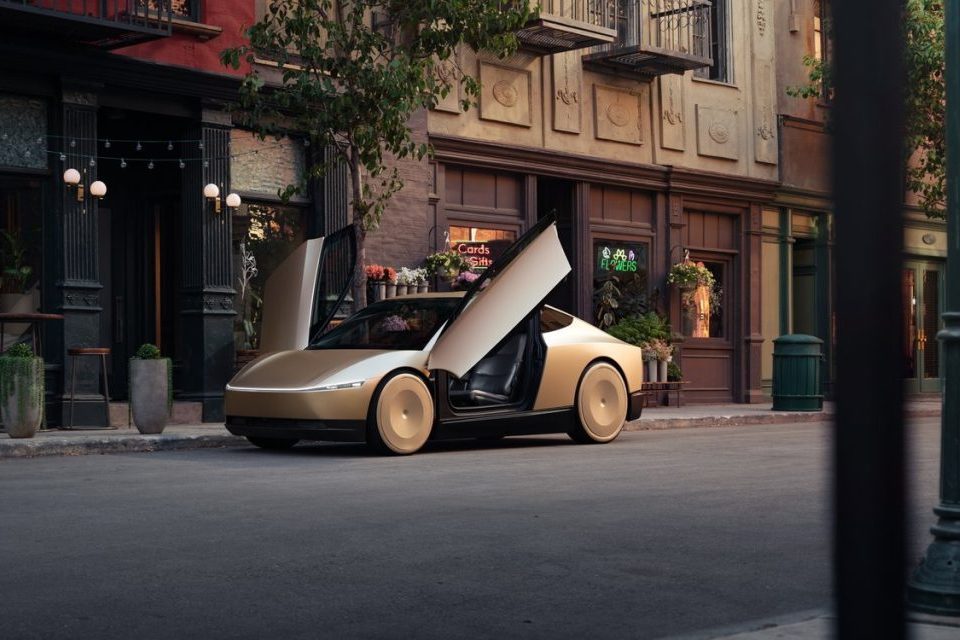






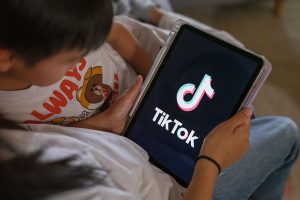
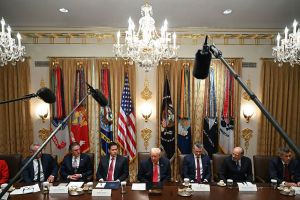
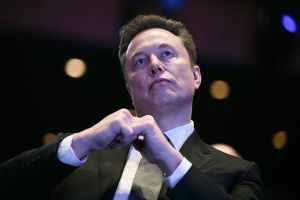
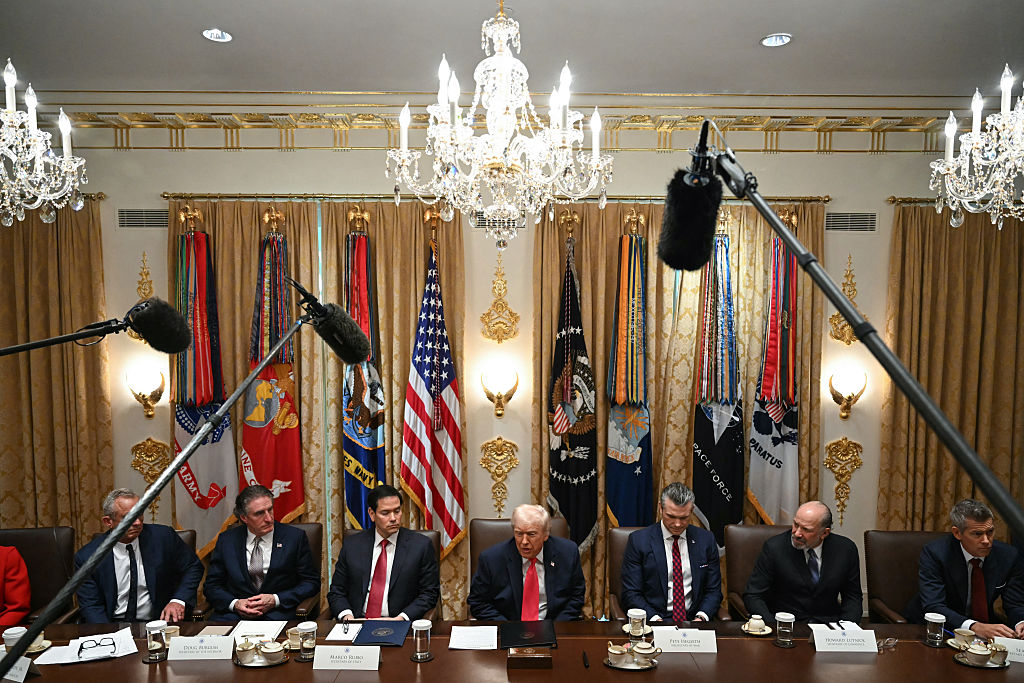
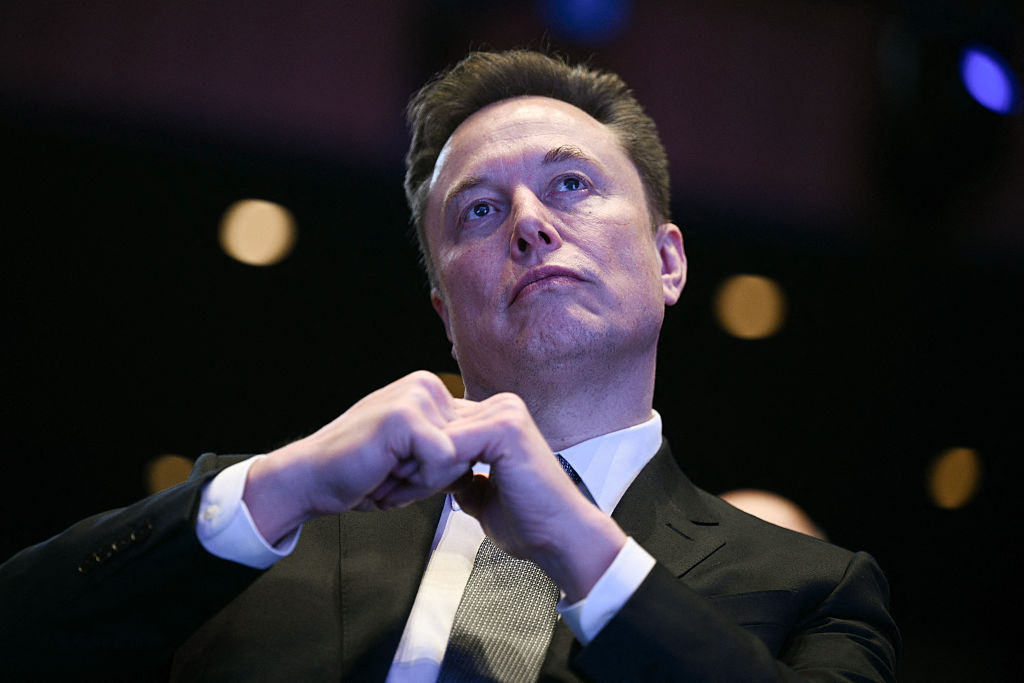
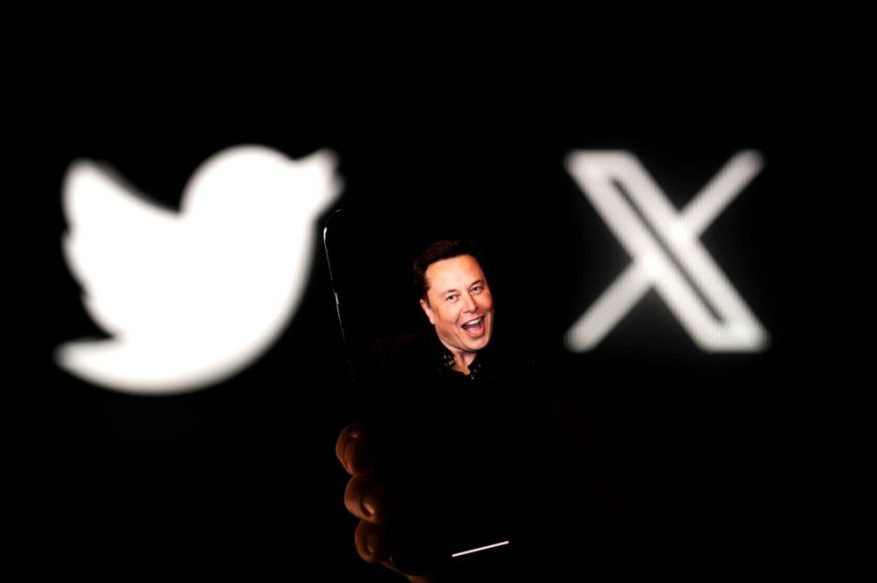

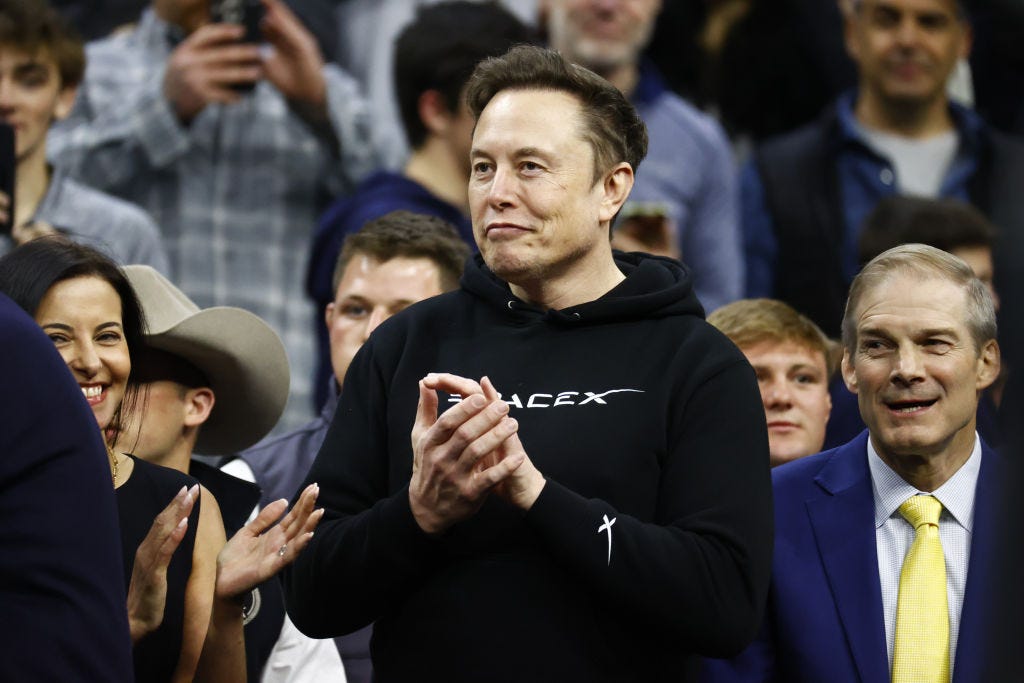








Leave a Reply